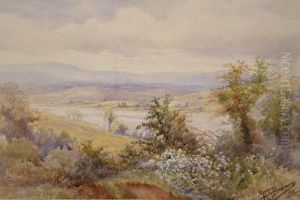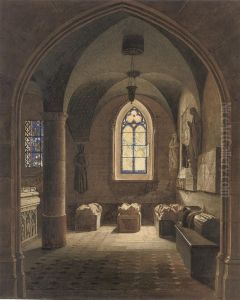Henry Harris Brown Paintings
Henry Harris Brown, though not widely recognized in the mainstream art historical canon, was an influential figure in his time, contributing to the early 20th-century art scene with his unique perspective and artistic endeavors. Born in 1874, Brown's career spanned a period of significant change in the art world, including the rise of modernism and the shifting landscape of American art in response to European influences. Brown's work primarily focused on landscapes and urban scenes, capturing the essence of American life with a keen eye for detail and a profound sense of place. His style, while rooted in the traditions of realism, also embraced elements of impressionism, reflecting the evolving tastes and artistic innovations of his era. Brown's paintings often highlighted the beauty of the mundane, transforming everyday scenes into compelling studies of light, color, and composition. Despite his contributions to the art world, Henry Harris Brown remained relatively obscure, with a modest following during his lifetime. His work was exhibited in several regional galleries and shows, but he never achieved the level of fame or recognition enjoyed by some of his contemporaries. After his death in 1948, Brown's art gradually faded from public view, only to be rediscovered by art historians and collectors in recent decades as interest in overlooked and underrepresented artists has grown. Today, Henry Harris Brown's paintings are appreciated for their contribution to the narrative of American art, offering insights into the cultural and social landscape of his time. His ability to capture the spirit of America through his art has earned him a posthumous recognition, and his works are now included in the collections of several museums and private collectors who value the depth and sincerity of his artistic vision.








